Generative AI has transformed the modern workplace, offering innovative solutions to complex challenges. However, its success relies heavily on understanding and optimizing human workforce dynamics. Workforce diagnostics act as the bedrock for this transformation, enabling organizations to assess skills, identify gaps, and create a seamless synergy between human potential and artificial intelligence capabilities.
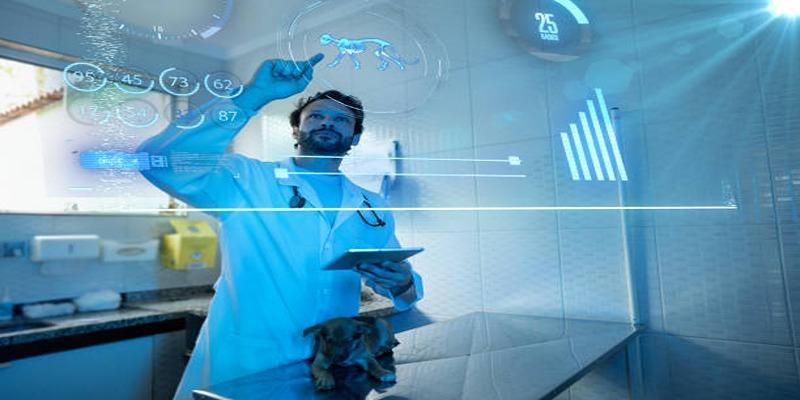
Workforce diagnostics is a structured, data-driven methodology that evaluates the skills, performance, mindset, and organizational alignment of employees. It’s more than just a skills audit—it’s an ongoing intelligence system that informs strategic talent decisions across hiring, training, team structuring, and innovation readiness.
While traditionally used in organizational development or change management, its importance has skyrocketed with the rise of generative AI. Why? Because the demands of AI evolution are radically different from previous tech transformations. They require not only technical expertise but also adaptability, collaboration, ethical reasoning, and domain-specific intelligence.
In this context, workforce diagnostics becomes the foundation upon which successful AI strategies are built. It identifies who is ready, who needs support, and how the organization can mature its capabilities in line with fast-moving AI landscapes.
Generative AI brings immense potential but also presents a new kind of talent challenge. According to various workforce studies, a significant portion of today’s employees are either underprepared or underutilized for AI transformation initiatives. This misalignment often leads to failed pilot projects, underwhelming AI outcomes, or stalled adoption altogether.
Here’s where workforce diagnostics plays a pivotal role. By continuously evaluating employees’ technical competencies, learning agility, collaboration styles, and digital fluency, companies can:
The cost of ignoring diagnostic insights is significant: delayed transformation, low return on AI investments, and heightened resistance to change.
For workforce diagnostics to be a catalyst for AI excellence, it must be both comprehensive and context-specific. Here are the essential elements:
Understanding what skills already exist is the starting point. This includes not just technical competencies like programming, data science, or model deployment, but also complementary capabilities such as project management, strategic thinking, and ethical decision-making.
AI is not static, and neither should your workforce strategy be. A skills framework aligned with emerging roles—such as prompt engineers, AI compliance officers, and generative design leads—helps you future-proof your team.
AI is as much about mindset as it is about machines. Diagnostics should evaluate employees’ willingness to embrace change, collaborate across silos, and adopt a growth mindset—qualities that are indispensable in innovation-driven environments.
As AI automates routine tasks, job descriptions must evolve. Workforce diagnostics enables organizations to reconfigure roles, shifting from execution-heavy to strategy- and oversight-driven models. For instance, a traditional copywriter role may evolve into a “content AI curator” focused on supervising AI-generated content.
Organizations must ensure that leaders at all levels understand how to navigate AI disruption. Diagnostics can identify those with the aptitude to lead AI initiatives and support leadership development accordingly.
Collecting workforce data is not enough. The real value lies in translating diagnostic insights into targeted, strategic actions. This includes:
In today’s digitized enterprise environment, sophisticated tools are redefining how diagnostics are conducted. Some popular platforms and technologies include:
Integrating such platforms into HR ecosystems not only streamlines the diagnostic process but enhances its depth and accuracy.

Despite its immense potential, implementing workforce diagnostics is not without challenges. Key barriers include:
Overcoming these challenges requires a culture of trust, transparency, and continuous learning—attributes that also underpin successful AI adoption.
As generative AI continues to redefine industries—from healthcare and education to design and customer service—the organizations best positioned to thrive will be those that invest in their people as strategically as they do in their technology.
Workforce diagnostics is not a one-time project. It must become an ongoing strategic capability embedded in organizational planning cycles. Businesses that adopt diagnostic-led models will gain a significant edge in:
Rather than reacting to AI developments, these organizations will lead them, backed by a workforce that is deeply aligned with the tools, goals, and challenges of a generative AI-powered future.
Generative AI is transforming not just how we work, but who does the work and how roles are defined. Amid this evolution, workforce diagnostics is emerging as the silent engine of successful transformation, enabling businesses to uncover hidden talent, sharpen their skills and strategies, and build teams that thrive in uncertainty. To unlock the full promise of generative AI, organizations must stop viewing their people and technology strategies as separate.

Find how MapReduce powers scalable data systems, enabling efficient processing of massive datasets for modern enterprises.

Explore how evolving AI agents affect businesses, risks, and alignment, and why understanding their inner drives is crucial.
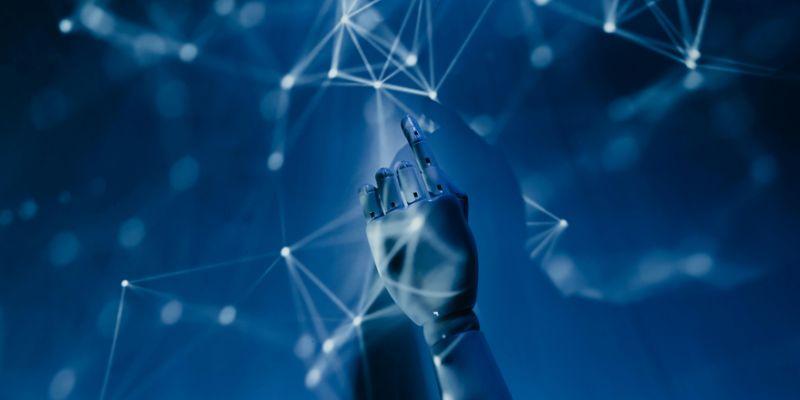
Learn how AI agents for sustainability improve productivity, streamline reporting, and revolutionise corporate operations globally.
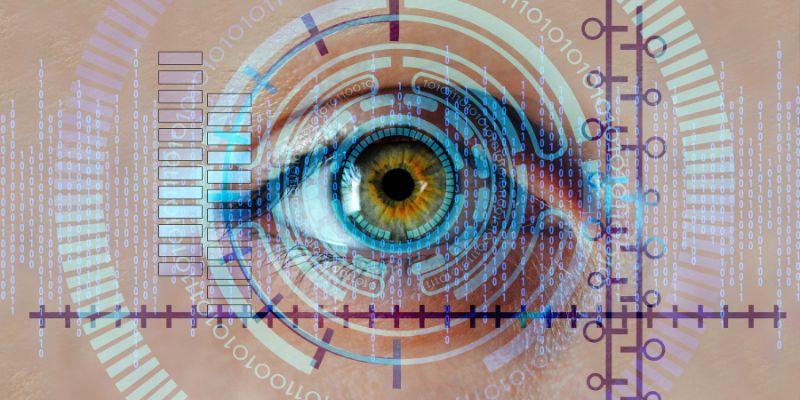
Discover the seven reasons which make convolutional neural networks (CNNs) unbeatable when it comes to image tasks.
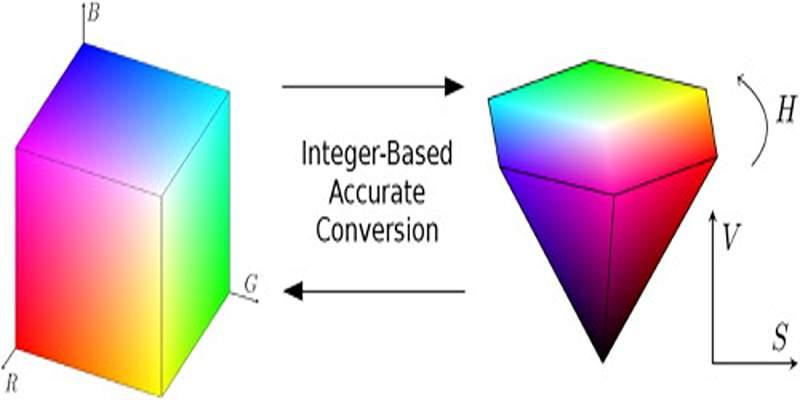
Understand RGB and HSV, why hue-saturation-value helps editing, and how to convert in both directions without banding or surprises.

Build accurate Excel data dictionaries by pairing OpenPyxl scans with AI agents for clear definitions, rules, and reviews.
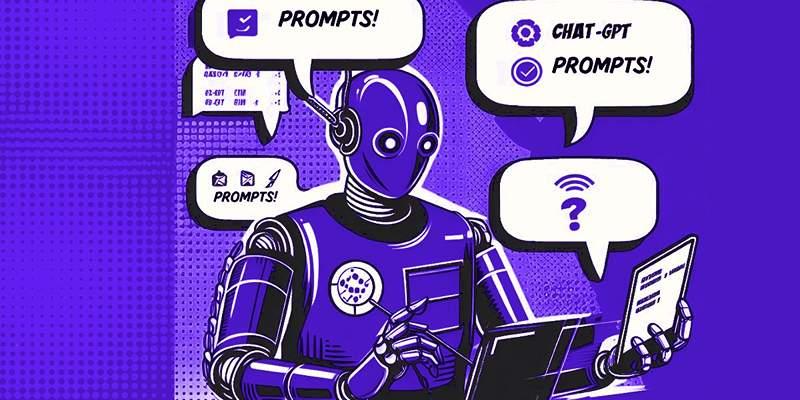
Learn how a GPT stylist reveals the secrets of clear, contextual, and creative prompting that leads to better AI outputs.
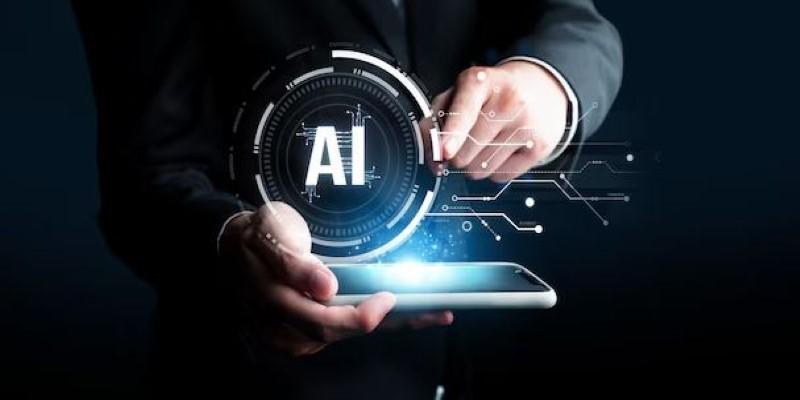
AI scam tactics are becoming harder to detect as artificial intelligence helps scammers create fake voices, emails, and messages. Learn how to recognize and stop these digital traps

How to use ChatGPT’s new image generator with this simple step-by-step guide. Learn how to turn text into visuals using the latest AI image tool from ChatGPT

Inheritance is a fundamental software engineering notion that assists data scientists in constructing reusable code and creating scalable and maintainable endeavors in order to succeed in the long term.
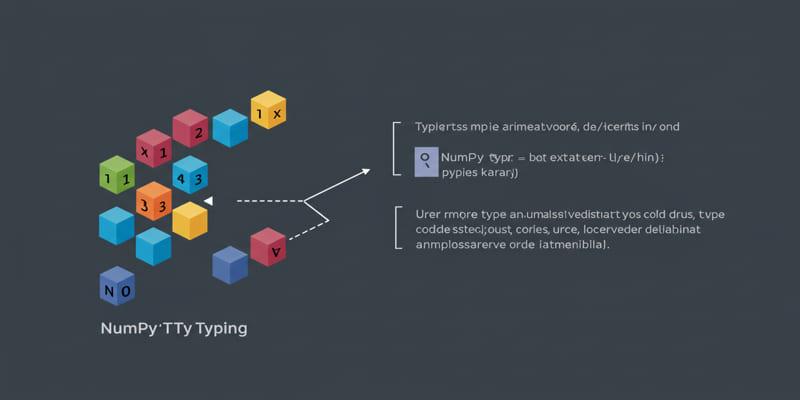
Use NumPy typing to annotate and verify NumPy array shapes and dtypes to enhance Python project correctness and maintainability.

Discover how Microsoft Power BI elevated my data analysis and visualization workflow, transforming insights and boosting decision-making efficiency.